Maintaining brand consistency can be painstaking, especially if you need to manage its usage across different teams. It is even more complex for organizations with a presence in various locations and handling more than one brand.
You’ll need to ensure everyone uses the latest brand materials and assets and check whether they are accurate individually and according to the set brand guidelines.
Enter brand portals, a one-stop hub organizational tool that makes brand governance a lot easier! But it does more than organize. Learn what a brand portal is, its benefits, and how to implement it effectively.
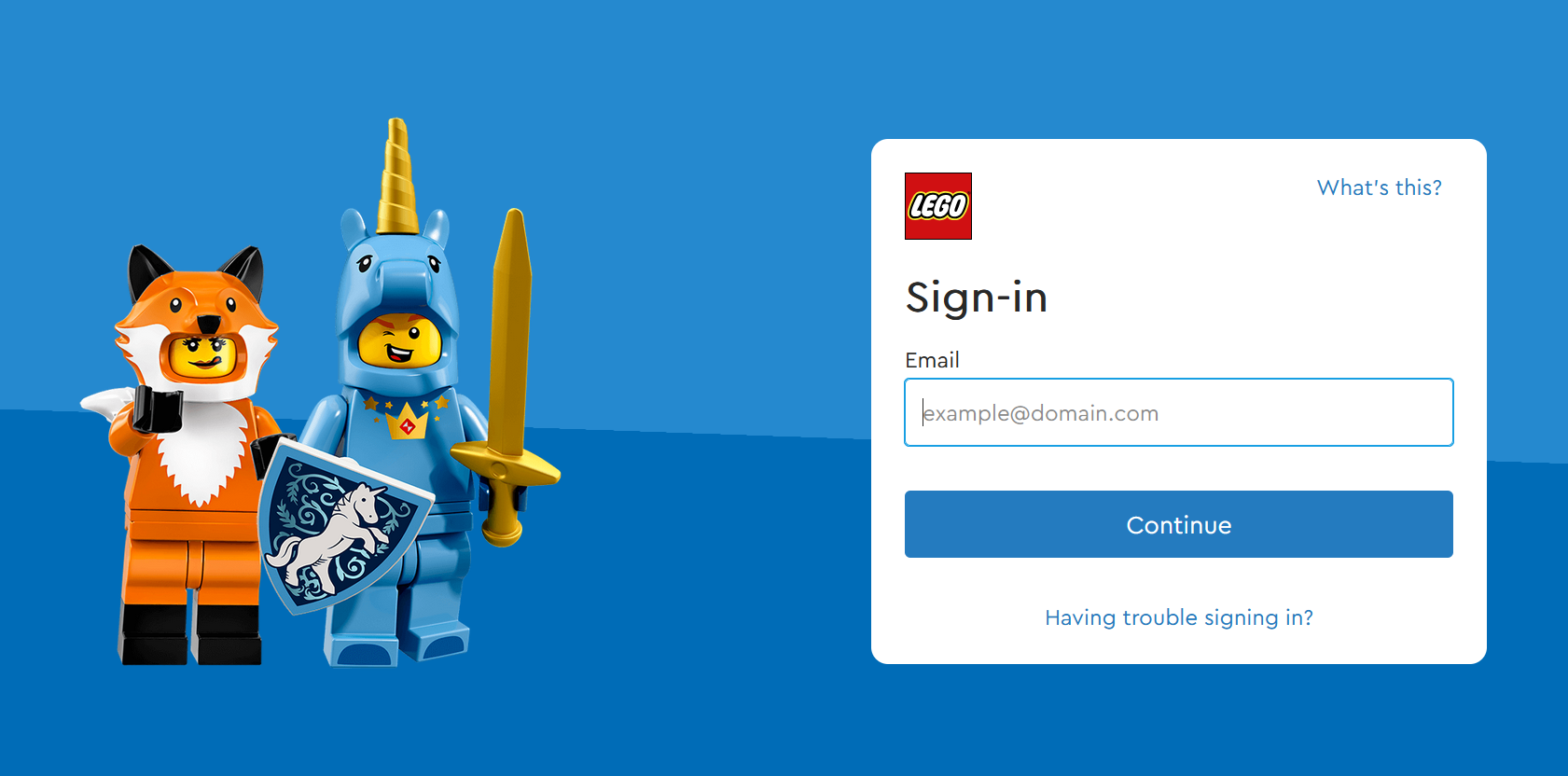
Brand portal sign in page via LEGO
What Is a Brand Portal?
Think of a brand portal as an organization’s digital headquarters for everything related to branding. It’s where your team, shareholders, and agency partners can find the latest and official brand assets: logo, font, color palette, images, campaign ads, and other content they can use. It also contains all guidelines, other brand materials, and resources.
Before companies had access to brand portals, they had to rely on sending huge files over email, printing physical copies, or sharing assets via portable drives. This often led to confusion, a higher risk of file corruption, and team miscommunications. It also made implementing quality control more challenging, resulting in inconsistent branding.
Through technological advancements, more companies have availed themselves of brand portal solutions that store and organize brand assets, materials, and guidelines and allow for advanced analytics capabilities and personalized interfaces, crucial to better brand management.
Core Benefits of a Brand Portal
Brand portals are holistic solutions to brand management problems. If your organization still decides to use one, check out the following benefits.
Faster collaboration between internal and external teams
Manually aligning internal and external teams and ensuring they work towards the same goals can be tedious. Imagine if your company needs to handle over 200 brands? Human errors can occur, and consistent branding can be challenging to sustain if you have a large team.
Having brand portals accessible to your internal and external teams can lessen the task load on brand managers. Providing a centralized access to correct materials paves the way for seamless collaboration. It also makes update implementations and brand tracking easier as brand portals ensure everyone follows established workflows.
Quicker product launches and campaign execution
If people from different countries seek approval, product launches and branded campaign executions could be delayed. Hence, the need for brand portals.
Brand portals have become user-friendly, even for non-branding experts. With guided tools and templates, users can create on-brand content without requiring approval from top management. This makes it easier to launch products and implement campaigns without a hitch.
Accelerated creative asset delivery
Brand portals allow teams to access information and creative assets whenever and wherever they may be. This is crucial for organizations launching simultaneous campaigns in several locations and platforms.
In effect, brand portals significantly reduce the time marketing and branding teams spend manually responding to brand-related requests and inquiries. This allows them to allocate their time to more critical tasks.
Reap these benefits when you implement brand portals with the help of an expert brand design firm.
How to Tell If You Need a Brand Portal
While brand portals can be beneficial to organizations, not everyone needs them. Below are some steps to consider before adopting a brand portal.

A brand portal can be a powerful tool for large and complex organizations. Image via Unsplash
Assess brand complexity and team size
Start-up businesses may not need a dedicated brand portal if your team is small enough to manage. But you have over 50 people spread over several locations to operate. In that case, you may benefit from brand portals to streamline documentation, asset sharing, and quality control on a centralized system.
You should also consider the complexity of your partnership and distribution channels and the number of campaigns launched over a specific period. A brand portal can simplify brand-related processes for everyone if you work with external media agencies (PR, design agencies, etc.) and sell through third parties. A brand portal is highly beneficial in maintaining brand consistency across franchises if you have a franchise model.
Identify common triggers for adopting a brand portal
Aside from the size of your team and the complexity of processes in your organization, here are common triggers to consider before adopting a brand portal:
- Frequent instances of your team using outdated logos, incorrect asset formats, and low-quality materials. This creates a poor image for your organization.
- Your team takes time to find the right assets, documents, and other branding materials.
- Your branding and marketing team wastes so much time sending individual requests for logos, images, and other branded content, instead of working on strategies and other more critical tasks.
Brand portals can boost efficiency and increase security by limiting access to verified teams and implementing measures such as passwords.
Typical Uses of Brand Portals
Now that we’ve established the fundamentals of brand portals, let’s dive into the common ways organizations leverage them.
Store brand guidelines and approved brand assets
Brand management portals are a repository for all approved brand assets, such as logos, color palettes, images, and typography. They are also where you can find brand guidelines or rules that help your team and external stakeholders maintain correct branding on all communications. Because everything is centralized, there’s no need to send materials and assets individually when updates occur.
Manage multi-channel and cross-regional marketing
Brands manage multiple pieces of content in various formats for different channels, like social media and out-of-home ads. Depending on the campaign size, each channel can be handled by different people who customize branded content. This can create confusion, particularly if they must source assets separately from other people.
Brand portal fixes this problem by providing everything they need, from approved global brand assets and guidelines to official templates they can easily customize.
Enable rapid seasonal campaign rollouts
Brand portals are great at streamlining the approval process, minimizing delays when rolling out campaigns. Teams can customize templates and materials for each season, ensuring consistency and speed across regional campaigns.
If these use cases align with your needs, work with one of these top branding design agencies and build the right brand portal for your company.
Key Differences Between Brand Portal, DAM, and CMS
Brand portals, Digital Asset Management, and Content Management Systems are digital tools that help organizations strategically manage their content, assets, documents, and workflows. They store and organize files like digital images, logos, illustrations, videos, and documents. They also enable organizations to maintain consistency and ensure the correct usage of the most up-to-date assets to protect the brand's image.
But they have distinct roles to play.
A Digital Asset Management (DAM) is a vast digital repository of digital assets. Think of it as a library where everything can be found using tags. A Content Management System (CMS) enables users to easily create, edit, publish, and manage website content. These could be blog posts, web pages, or the latest product info. Content Management Systems are user-friendly with a drag-and-drop interface, so users with no coding background can utilize them.
Meanwhile, a brand portal has a more expansive scope in the digital landscape, weaving in DAM and CMS. The DAM system integration allows users to access and download brand assets and guidelines. CMS integration also enables users to customize templates for consistent and quicker content production.
| Key aspects | Brand portal | Digital asset management(DAM) | Content management system (CMS) |
|---|---|---|---|
| Purpose | One-stop hub for brand assets, guidelines, and documents for more efficient collaboration across teams and external partners | Digital library for a more efficient way of organizing, managing, and distributing digital assets within an organization | Central platform for creating and publishing website content |
| Users | Internal and external teams, third-party partners, distributors, and franchises | Limited to users with exclusive permissions to edit and distribute assets | Limited to users responsible for creating and publishing website content |
| Goals | Better brand management, governance, and consistency across internal and external users | Aids in effective digital asset lifecycle management by controlling which version users can have access to | Enables users to edit and publish content without needing to learn how to code. This results in better collaboration between technical and non-technical teams. |
Brand Portal Examples Across Industries
Retail: coordinating global teams
Walmart is the biggest retailer in the US with over 5,000 branches in the country. This makes it tricky to maintain consistency across all channels and regions. Addressing this challenge, Walmart has launched its accessible digital brand portal. By integrating storytelling, the brand conveys what Walmart is about, its impact, and how its branding assets represent these.
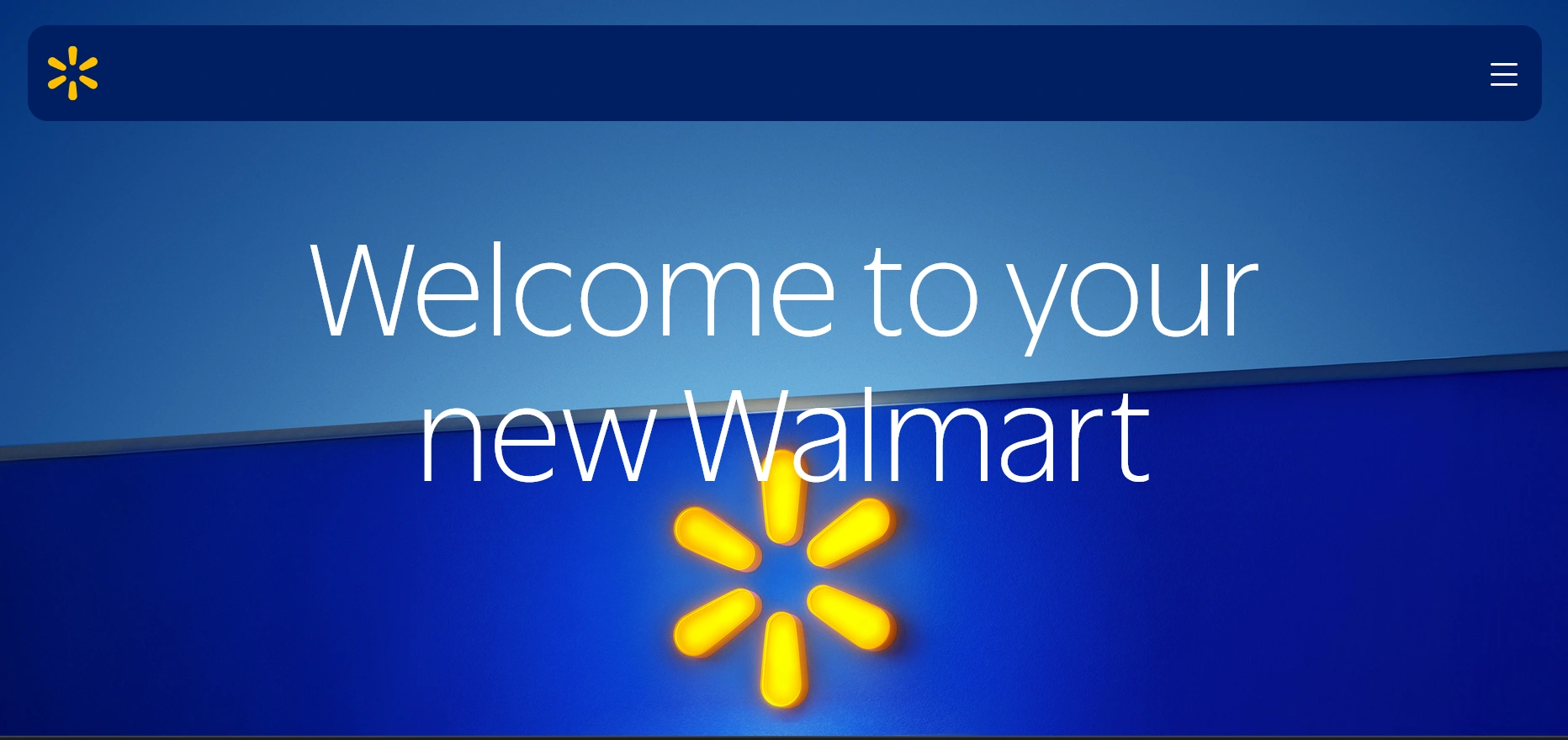
Retail brand portal via Walmart
You can access the official logo, wordmark, color palettes, and other related assets here. Each section also highlights brand guidelines, teaching users the dos and don’ts of Walmart branding.
With thousands of brands sold at Walmart, the company also uses a separate brand portal for its external brand partners. The platform allows them to register their brands and ensure they remain consistent when presented on Walmart's branding efforts. For instance, if Walmart decides to run a promotion featuring several brands, the brand portal ensures Walmart uses the correct logos of its external brand partners.
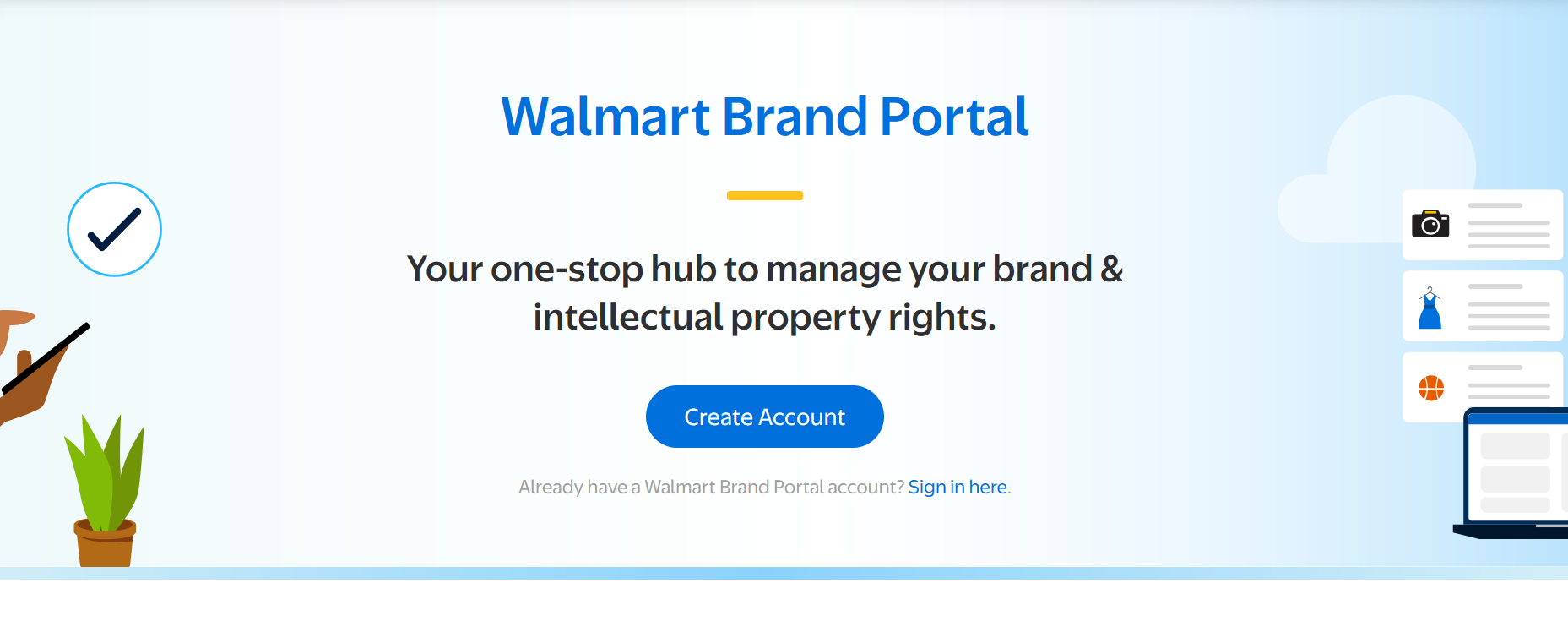
Brand portal for retail partners of Walmart. Via Walmart
Media: managing large volumes of creative assets
Media companies handle a lot of creative assets, which can be hard to track and monitor over time. Brand portals can be a perfect solution for this.
With several products and services, including Ads, Chrome, Fit, Gmail, and Google Play, Google created sub-portals for each brand's guidelines, programs, policies, and assets. Clustering their portals makes it easier for users to find what they want.
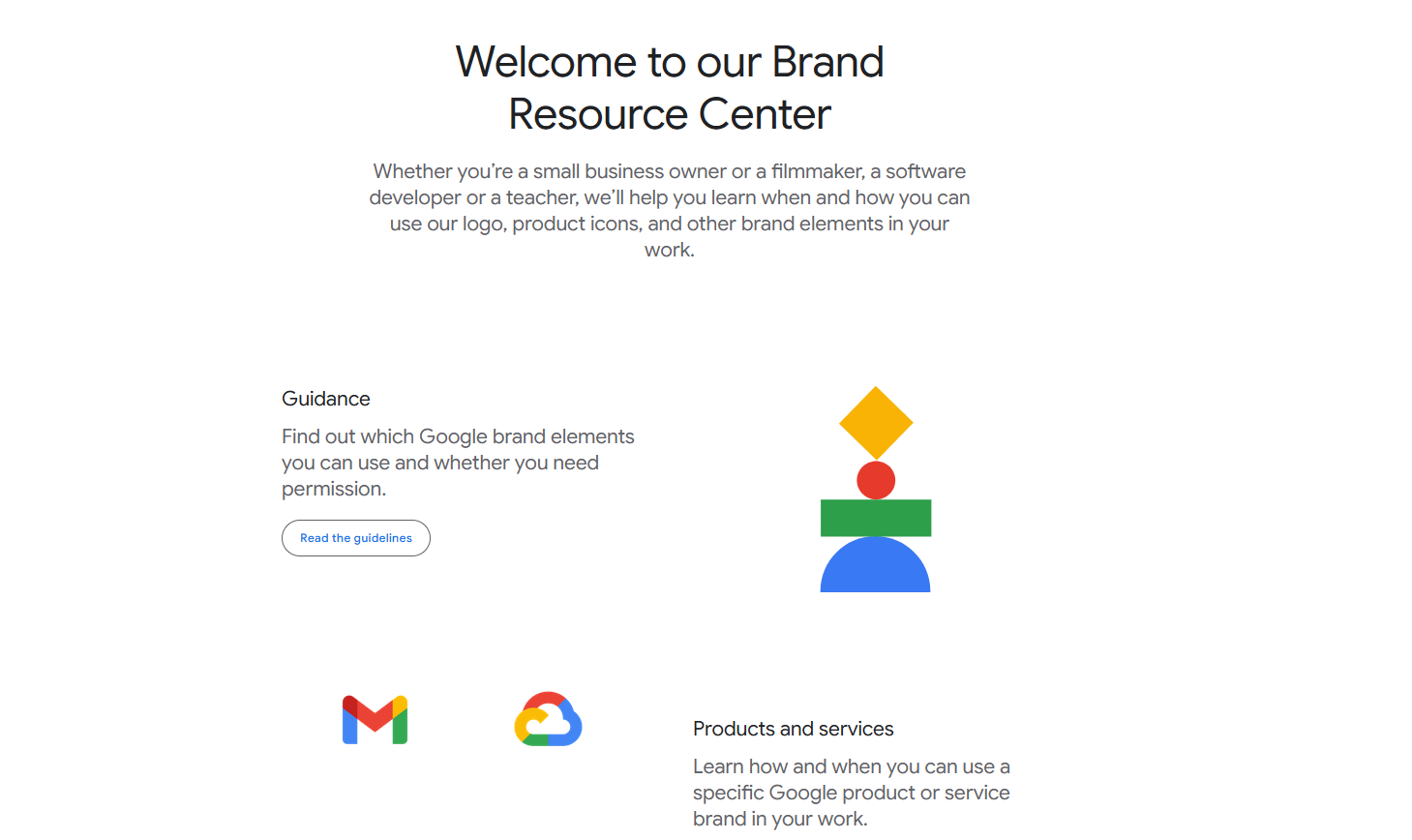
Accessible brand portal for internal and external teams via Google
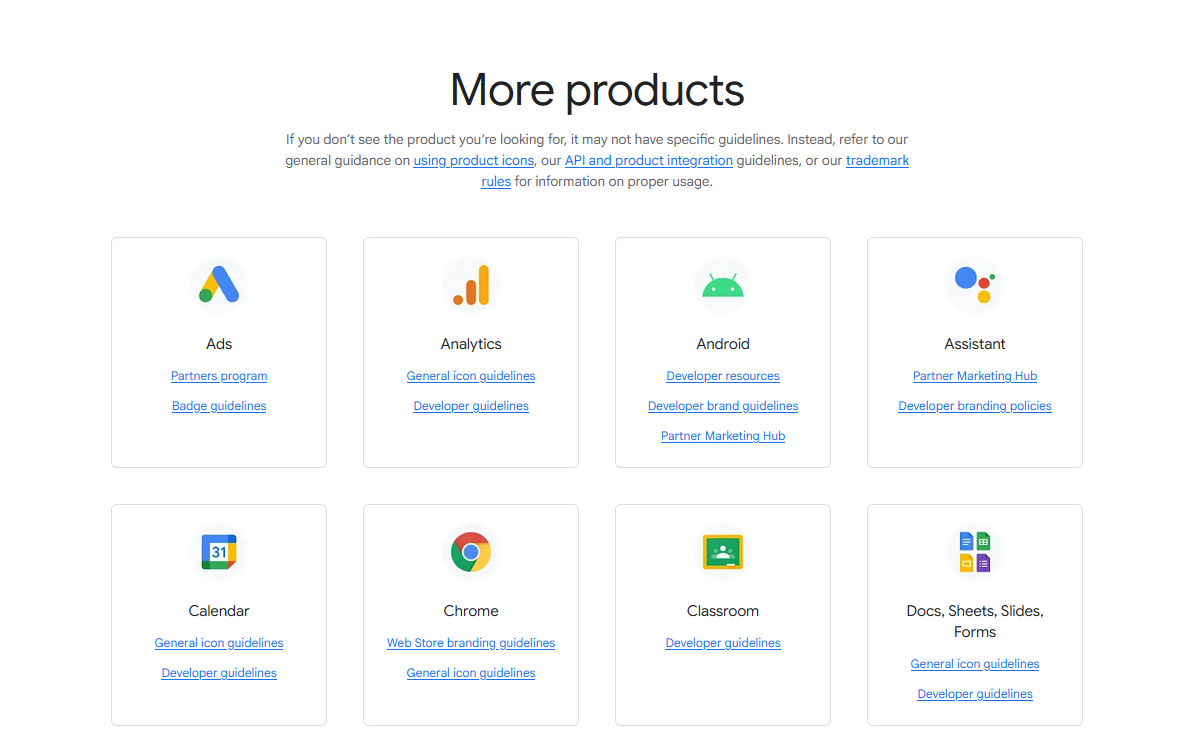
Google integrates different brands in its portal. Image via Google
Another example of a media company that leverages brand portals to manage its creative assets is Netflix. Its minimalist brand portal gives access to Netflix’s logos and other related elements. However, other assets are password-protected, limiting them only to verified users.
The brand portal also clearly explains its terms and conditions for using the Netflix brand assets for marketing, advertising, and other promotions. These measures protect the brand from potential misuse of its brand assets.
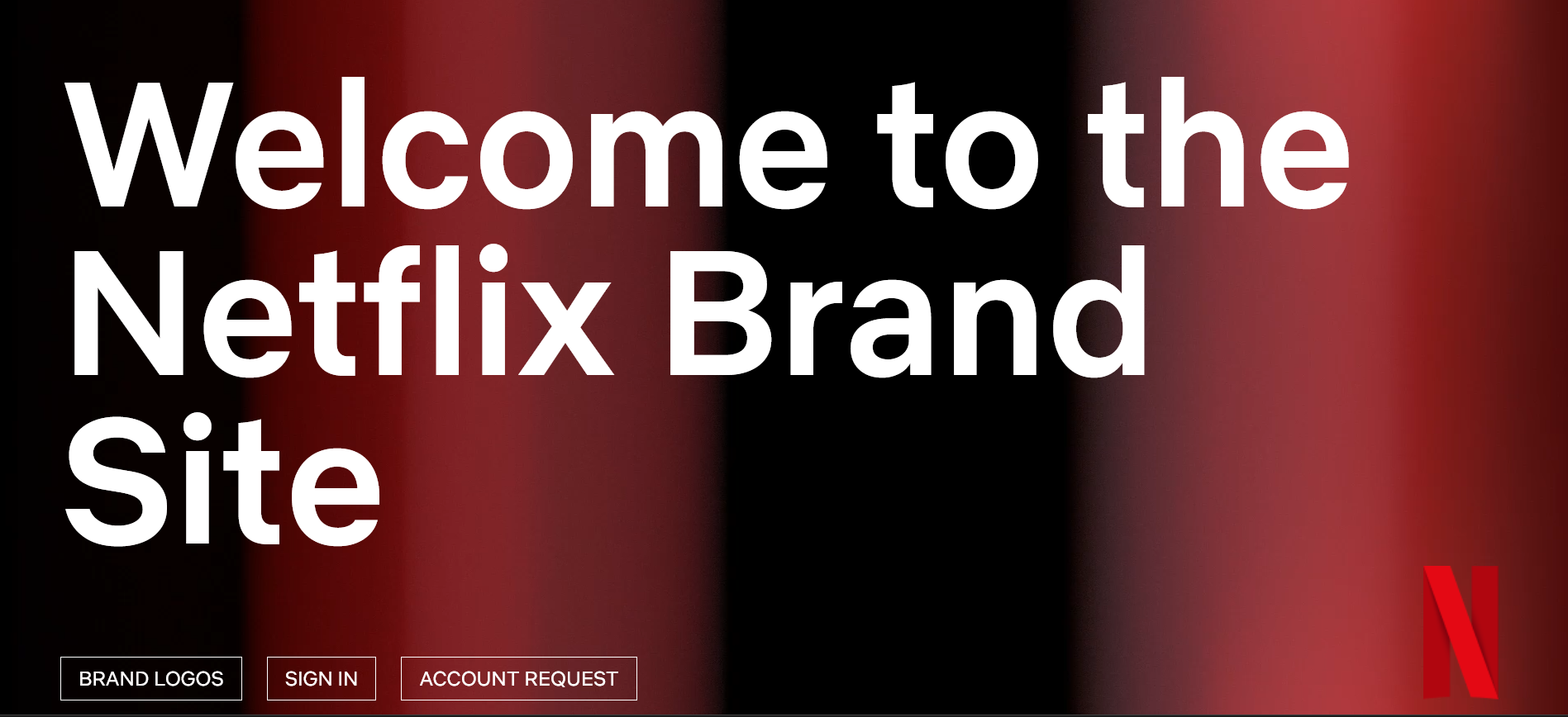
Netflix distributes creative assets across teams through a brand portal. Image via Netflix
Public sector: standardizing government communications
Brand portals also benefit governments by allowing them to maintain consistency in their logos, colors, and messaging across all communications.
For instance, the UK government has specific logos for different regions and distinct departmental branding for direct communications. However, these variations maintain core elements that align with the UK government's identity. This results in a strong, unified look, boosting brand recognition and trust.
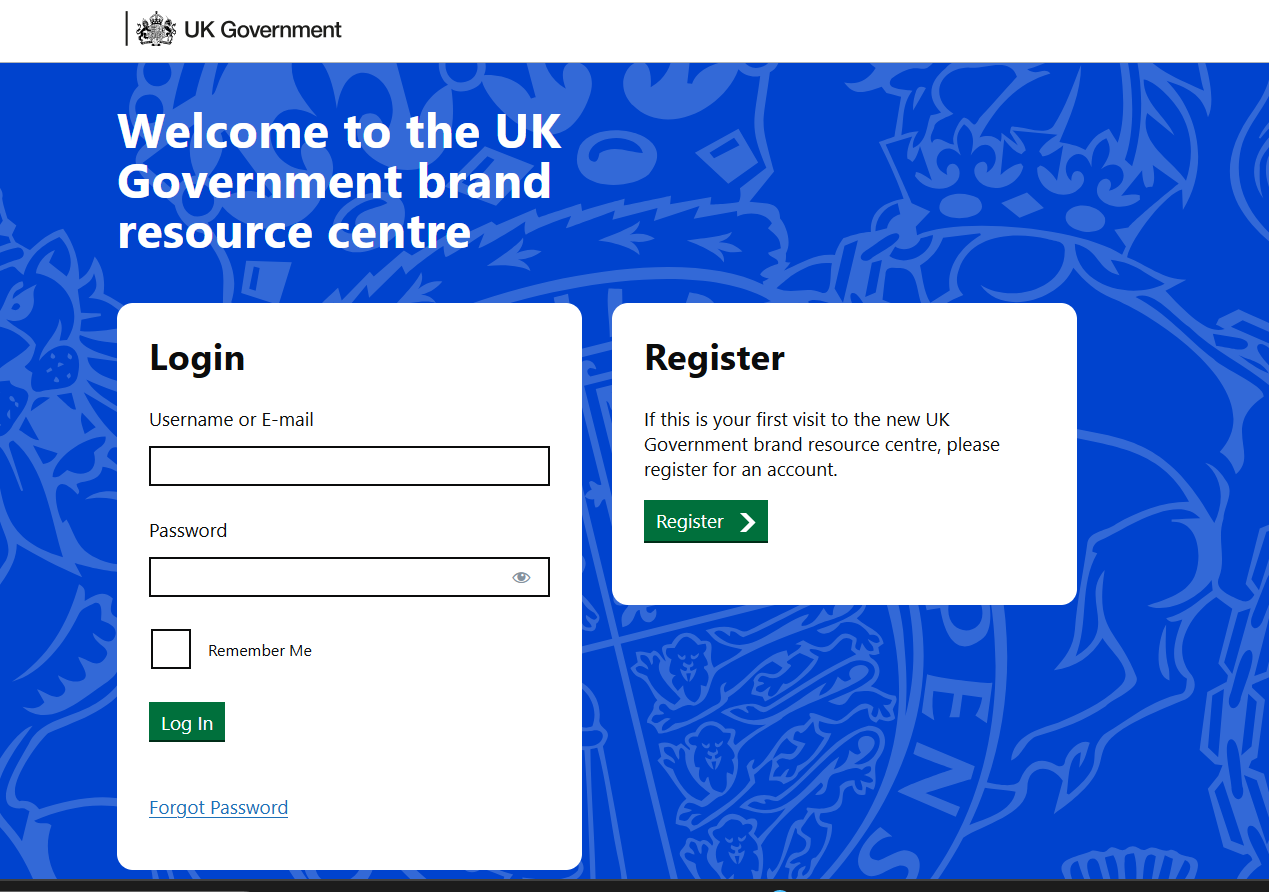
Government brand resource center via UK Government
As with most brand portals, the UK Government implements security measures with the majority of information and assets reserved only for authorized personnel.
Conclusion
Brand portals make brand management and governance easier, especially for huge organizations. They allow them to create a system that organizes brand assets, documents, policies, and other guidelines for a seamless process. In effect, brand portals increase organizations' efficiency by saving time and resources and improving team collaboration.
Take the next step and create a brand portal tailored to your needs.
Oct 24, 2025
